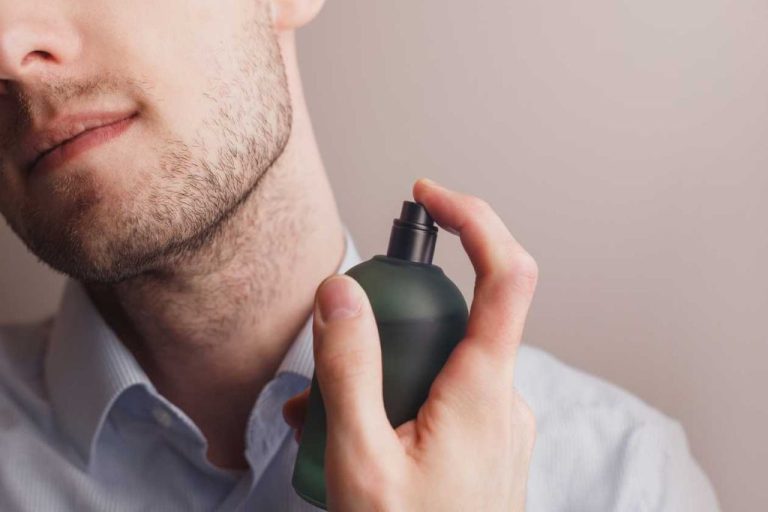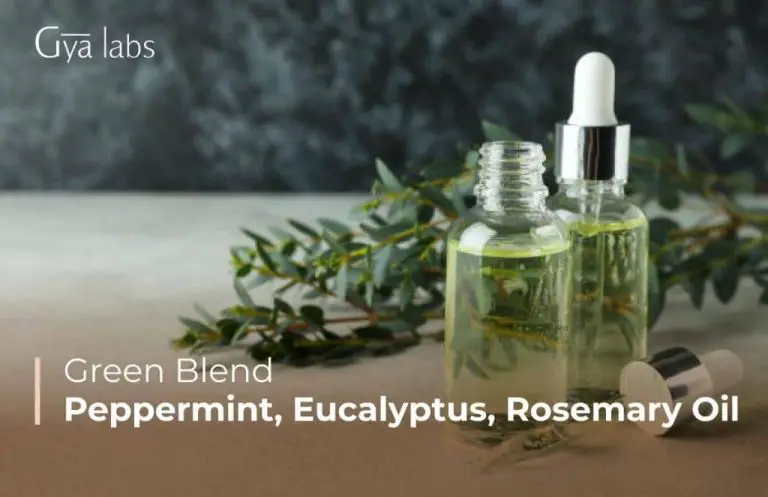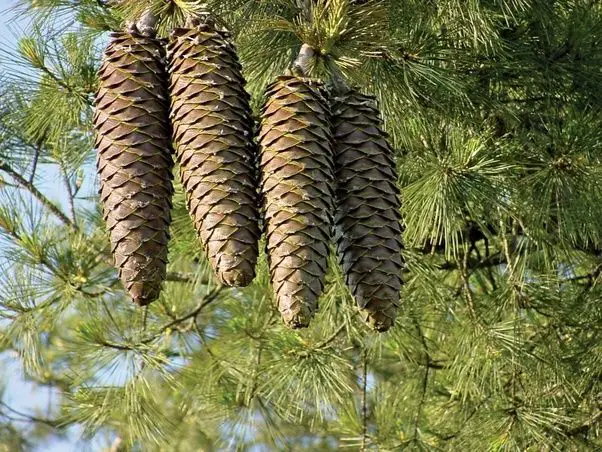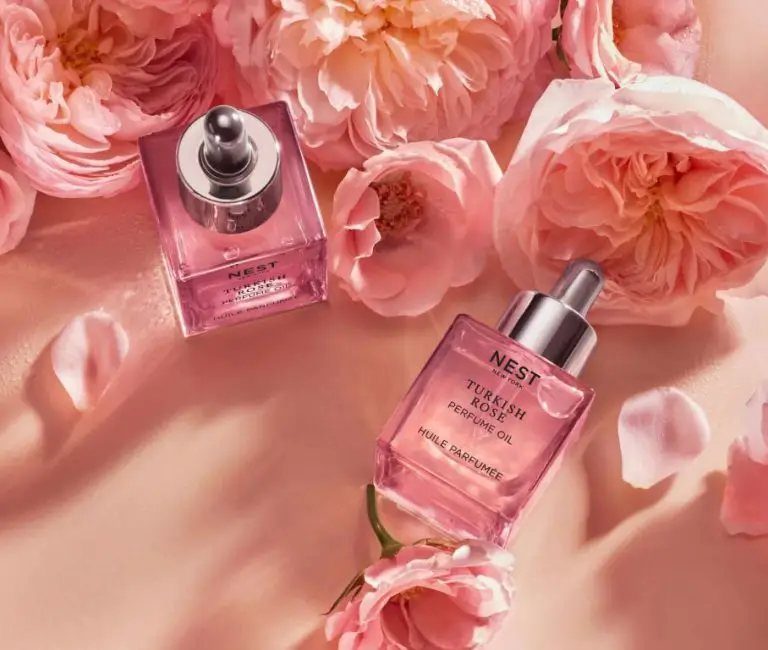Why Is Now Essential Oil So Cheap?
Essential oils have exploded in popularity in recent years. Once considered a niche product, these highly concentrated plant extracts are now a mainstream staple found in everything from soaps and cosmetics to cleaning products and aromatherapy. Walk down any grocery store aisle and you’ll see dozens of products boasting essential oil ingredients.
What’s quite surprising though is that despite this surge in popularity, many essential oils remain shockingly affordable. Certain ubiquitous oils like lavender and peppermint can readily be found for just a few dollars an ounce. Even more exotic varieties rarely exceed $20 or $30 an ounce for a high quality oil. This begs the question – why are essential oils so cheap despite high demand?
Brief History of Essential Oils
The use of aromatic plants and essential oils dates back thousands of years to ancient cultures like Egypt, China, and India. The first recorded uses of essential oils come from ancient India, Persia, and Egypt over 6,000 years ago (https://www.britannica.com/topic/essential-oil). Essential oils were used for spiritual, medicinal, and cosmetic purposes.
Ancient Egyptians used essential oils like frankincense, myrrh, galbanum, cinnamon, and cedarwood during ceremonial rituals and mummification. Chinese and Indian medicine recorded using aromatic plants like ginger, myrrh, cassia, and cinnamon from around 3,000 BC (https://healingscents.net/blogs/learn/18685859-history-of-essential-oils).
The modern use of essential oils and aromatherapy began in the early 20th century when French chemist Rene-Maurice Gattefosse burned his hand and used lavender oil to treat it. He was impressed by how quickly it healed the burn and began studying essential oils and coining the term “aromatherapy.”
How Essential Oils Are Made
There are several methods used to extract essential oils from plant materials:
Steam distillation is the most common method. Plant materials are placed in a still and pressurized steam is passed through. The steam causes the plant’s essential oils to evaporate. The vapor mixture of water and oils is condensed and separated, with the essential oil floating to the top for collection. Steam distillation is used for leaves, flowers, bark, roots, and other plant materials. Popular oils extracted via steam distillation include lavender, eucalyptus, tea tree, and chamomile (Source).
Solvent extraction uses solvents like hexane or ethanol to dissolve and extract essential oils from plant material. The solvent is then removed, leaving behind the concentrated essential oil. This method is quicker and cheaper than steam distillation but some argue it produces lower quality oils. Solvent extraction is commonly used for flower materials like jasmine and tuberose.
CO2 extraction utilizes pressurized carbon dioxide to extract and isolate essential oils. It’s considered a high-quality extraction method that maintains the purity of the plant compounds. However, CO2 extraction is more complex and expensive than other methods. It’s often used for thick plant materials like vanilla beans, rose petals, and ginger.
Key essential oil producing countries include the United States, India, China, Brazil, and parts of Europe and Africa. Different countries focus on various plants based on climate, availability, and expertise. For example, Bulgaria and France are major producers of lavender oil, while the United States leads in mint oil production.
Supply and Demand

The essential oil market has become increasingly competitive and globalized in recent years. This has led to mass production and an abundant supply of many popular oils like lavender, tea tree, and peppermint. According to the Observatory of Economic Complexity, the top exporters of essential oils in 2021 were the United States ($856M), India ($817M), France ($501M), China ($418M), and Brazil ($281M). With so many major producing countries scaling up production, supply has grown rapidly.
At the same time, demand for essential oils has also increased as more consumers become aware of aromatherapy benefits. But supply has grown faster than demand, creating a buyer’s market. When supply exceeds demand, prices tend to fall. As a result, once expensive essential oils like lavender and peppermint have become very affordable in recent years. The market has become highly competitive, with producers trying to undercut each other on prices to gain market share. This intense competition also pushes prices down. So the combination of abundant supply and lagging demand growth has led to essential oils becoming a cheap commodity in the modern era.
Lower Production Costs
One of the main reasons essential oils have become so inexpensive is lower production costs. Many essential oil crops are now grown on large commercial farms that utilize mechanized agriculture to maximize efficiency. For example, peppermint and eucalyptus crops are harvested by machines rather than hand-picking. Mechanization reduces labor costs and increases crop yields. In addition, essential oil crops are increasingly grown in developing countries where labor is extremely cheap. For instance, citrus crops for lemon and lime essential oils are grown in places like Mexico and Brazil where workers earn much lower wages than in developed nations. The low cost of labor keeps production expenses down. With mechanized farming and cheap overseas labor, producers can make essential oils efficiently and pass the savings along to consumers.
According to a 2018 report, “Mechanization has played a significant role in reducing the production costs of essential oils” (source). And an industry analysis noted, “Developing nations provide very affordable labor for agriculture, distillation, and bottling” (source). The combination of technology improvements and globalized production has made essential oils much more inexpensive to manufacture.
Minimal Processing
Unlike synthetic fragrances, which require complex chemical processing, essential oils need minimal refinement to be usable (New Directions Aromatics). The natural aromatic compounds in essential oils are already present within the plant material, meaning less processing is required compared to fragrances synthesized in a lab. While some methods like distillation are used for extraction, the final essential oil remains compositionally close to the natural phytochemicals of the raw plant ingredients.
Solvent extraction and cold pressing are two common methods used to produce essential oils while preserving the delicate aromatic compounds found naturally in plants. Solvent extraction employs food grade solvents to isolate essential oils, resulting in a final product very close to the plant’s natural chemistry (Wiley). Likewise, cold pressing simply uses pressure to squeeze volatile oils from fruit peels, again retaining most of the natural phytochemical makeup. So although essential oils undergo some processing, it pales in comparison to the complex manufacturing for synthetic fragrances.
No Necessity for Scarcity
Unlike precious metals or gems that are finite resources, essential oil-producing plants like lavender and rosemary renew themselves each year. This means that with the right climate and growing conditions, farmers can continue producing abundant yields year after year. According to sources, lavender yields can range from 300 to 1,800 pounds of dried flowers per acre, with an average of about 33 pounds of essential oil per acre [1]. Similarly, rosemary can produce oil yields up to 56 pounds per acre [2]. With experienced growers and healthy plants, high yields can be sustained annually.
Because the plants are renewable, and total yield depends largely on the number of acres planted, there is no inherent scarcity or rarity that would drive essential oil prices up. The abundant potential supply helps keep prices affordable for consumers.
Cheap Bottles and Packaging
The packaging and containers used for essential oils have also become much more affordable over time. In the past, essential oils were sold in dark glass bottles with ornate labels and packaging. These bottles were quite expensive to produce and buy in bulk. However, nowadays essential oils are most commonly packaged in simple clear plastic or glass bottles with basic labels.
For example, sites like FH Packaging and Custom Boxes Co. offer very affordable essential oil bottles, vials, and boxes for mass purchase. The packaging is designed to be minimalist and cost-effective. The clear plastic allows buyers to see the product inside while the labels provide basic branding and instructions.
This shift to simplified packaging removes much of the exotic mystique that used to surround essential oils. But it also significantly drops the materials and production costs for sellers. These savings allow companies to sell larger volumes of essential oil at lower retail prices.
Lower Marketing Costs
Another reason for the lower price of essential oils is that companies spend less on marketing and advertising compared to the fragrance industry. The global fragrance market spends billions on celebrity endorsements and splashy ad campaigns. In contrast, essential oil companies rely more on word-of-mouth, social media engagement, and content marketing with lower costs.
For example, according to Euromonitor, the fragrance industry spent $4.5 billion on advertising in 2016. Major fragrance brands like Chanel, Dior, and Estée Lauder allot large marketing budgets for TV commercials, print ads, and influencer sponsorships. The essential oil market operates on a smaller scale, focusing marketing efforts on digital content, email newsletters, and social media engagement instead of costly traditional advertising.
With less reliance on expensive ads, endorsements, and promotions, essential oil companies can keep their prices lower. The market emphasizes education and community-building over hard-sell advertising. This grassroots approach avoids massive marketing overhead that would otherwise raise costs for consumers.
Conclusion
In summary, essential oils are relatively inexpensive compared to other personal care and fragrance products for a variety of reasons. The raw materials and production processes are less costly due to minimal processing and readily available botanicals. Marketing budgets are lower since essential oils largely sell themselves through word-of-mouth. There is ample supply to meet the demand thanks to accessible resources worldwide. With cost-effective packaging and no necessity for artificial scarcity, essential oils can be an affordable way to enjoy natural wellness and fragrance products. After learning about the origins, creation methods, economics and benefits of essential oils, it’s clear why these plant-derived gems can be inexpensive but still high quality.






